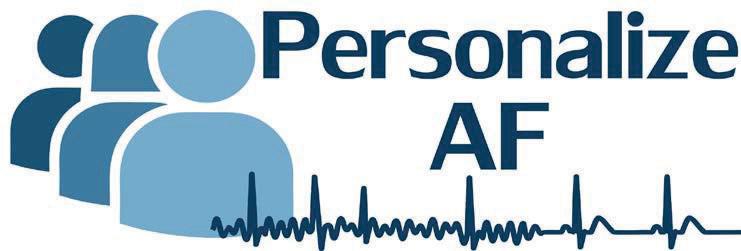
How does your heart beat? We all know our heart beats, but how? What affects this beating? Since the beginning of our lives, we have been told about our heart beating. We grow up knowing we have some kind of pump inside our chest that beats and beats and beats and it never stops beating …
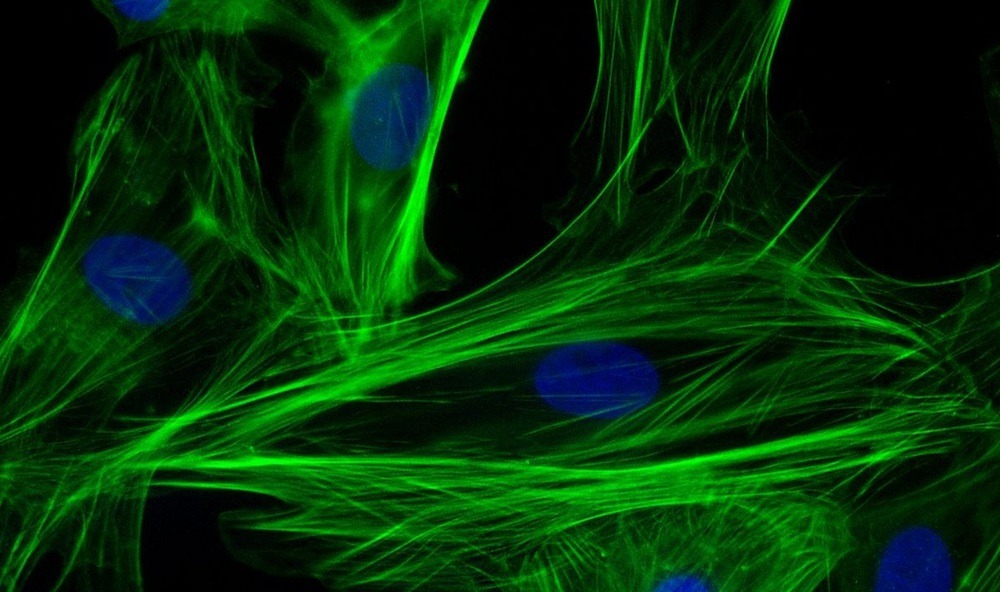
From patient to cells, from cells to patient Hello everyone! It’s Marilù here and today we are going to explore together the magic world of the stem cells. In the 2012 the two researchers John Gurdon and Shinya Yamanaka won the Nobel Prize for the discovery of the human induced pluripotent stem cells. Also known …

Dynamical systems and teaching Teaching is part of the scientific career and, this month, it was my turn to get a bit involved with it! One of the big reasons I ended up in a scientific career is teaching. Even though it does not occupy the largest chunk of the job, teaching was one of …
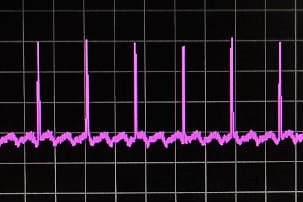
Arrhythmic behaviour: single-cell vs tissue level Hi everyone! It’s been a while. This start of the year has been quite busy between starting new collaborations, experiments, analysis and presentations. I can’t complain though, there are many exciting things in queue! My last post was about cardiac electro-mechanics and some introduction to slice culture. I left …

New year, New challenges! Difficult roads often lead to beautiful destinations… I am a little bit late but since It’s my first post this year : I wish you all a happy new year may you be healthy and safe the whole year through. These are difficult times for all of us but now we …
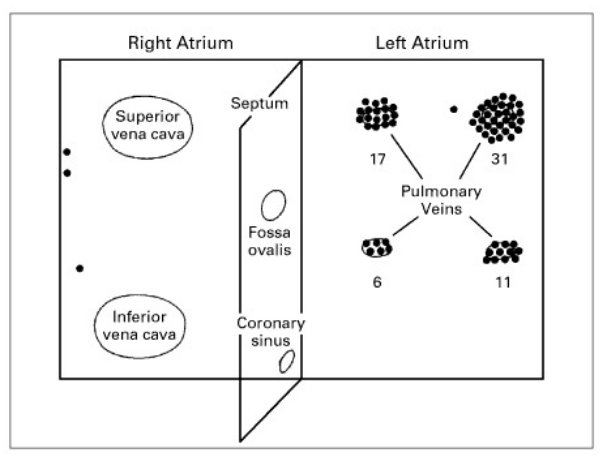
A Better Target The Era of Non-pharmacologic Treatment Approaches for Atrial Fibrillation My research activities as a part of PersonalizeAF team mainly focus on detection and localization of regions in atria exhibiting some specific types of electrical activities or conduction patterns as we call them. We aim to develop computational tools that can robustly pinpoint …
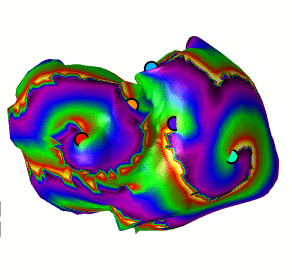
Making some progress Vaccination and my rotor algorithm seem to be moving on. Hello everyone! I hope you all are okay in this convulsive times. I must say that I am quite optimistic about making through this pandemic soon with all these new vaccination campaigns running in Europe. So hold on mates! The end is …
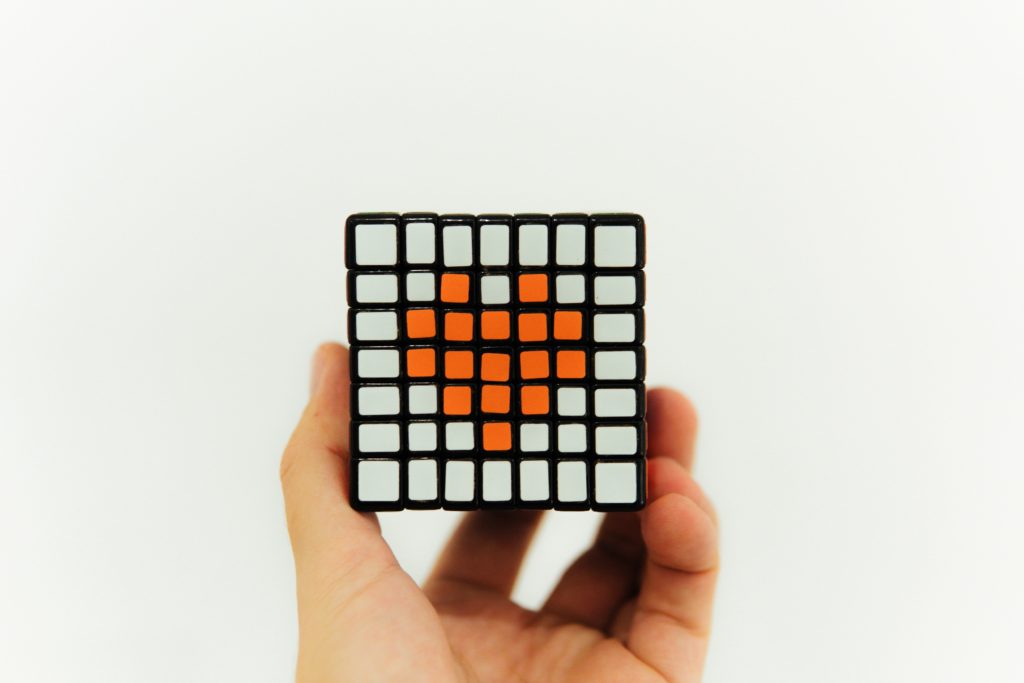
A look into our heart How can we actually see the results we get from computer models? I am a bit late to say this, but since this is my first post of the year, here it goes: Happy 2021! The beginning of the year has been somewhat chaotic around the world, but the prevailing …
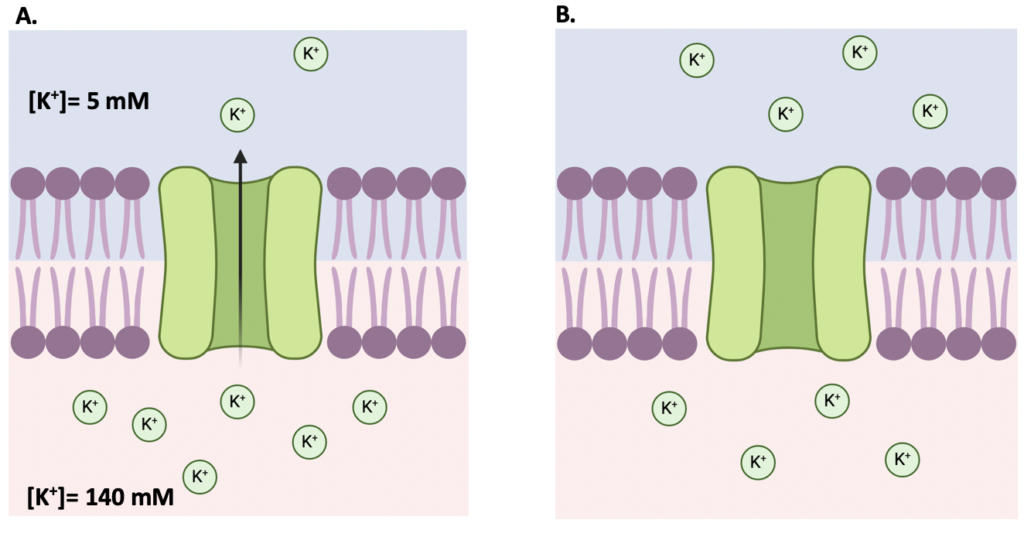
Using Computer Models to Study the Heart II. The Electrical Analogue Patricia Martínez Díaz 1. February.2021 Welcome back! In our last post we explained that modeling is the process of using mathematical equations to describe the behavior of a system or a signal. Scientists use models to study the complex interactions between ions, channels, and intracellular …
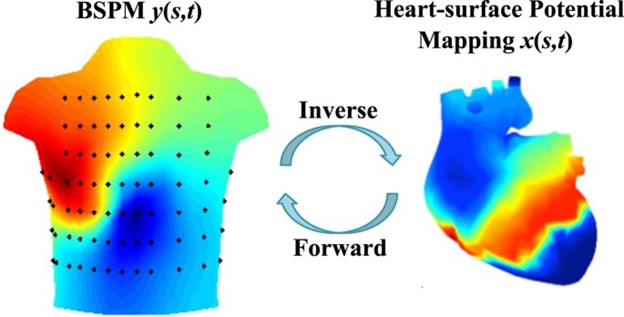
Rethinking the Inverse Problem of Electrocardiology Previously I have talked mostly about decision support systems, and sub-phenotypes of patients- groups of patients defined by their biomarkers, and how the identification of these groups is key to assessing what therapy will be successful. Today we will talk about a more fundamental problem which the computation of …
